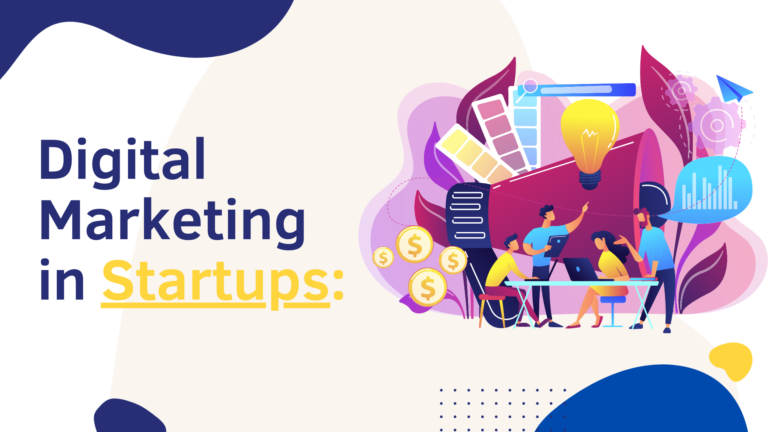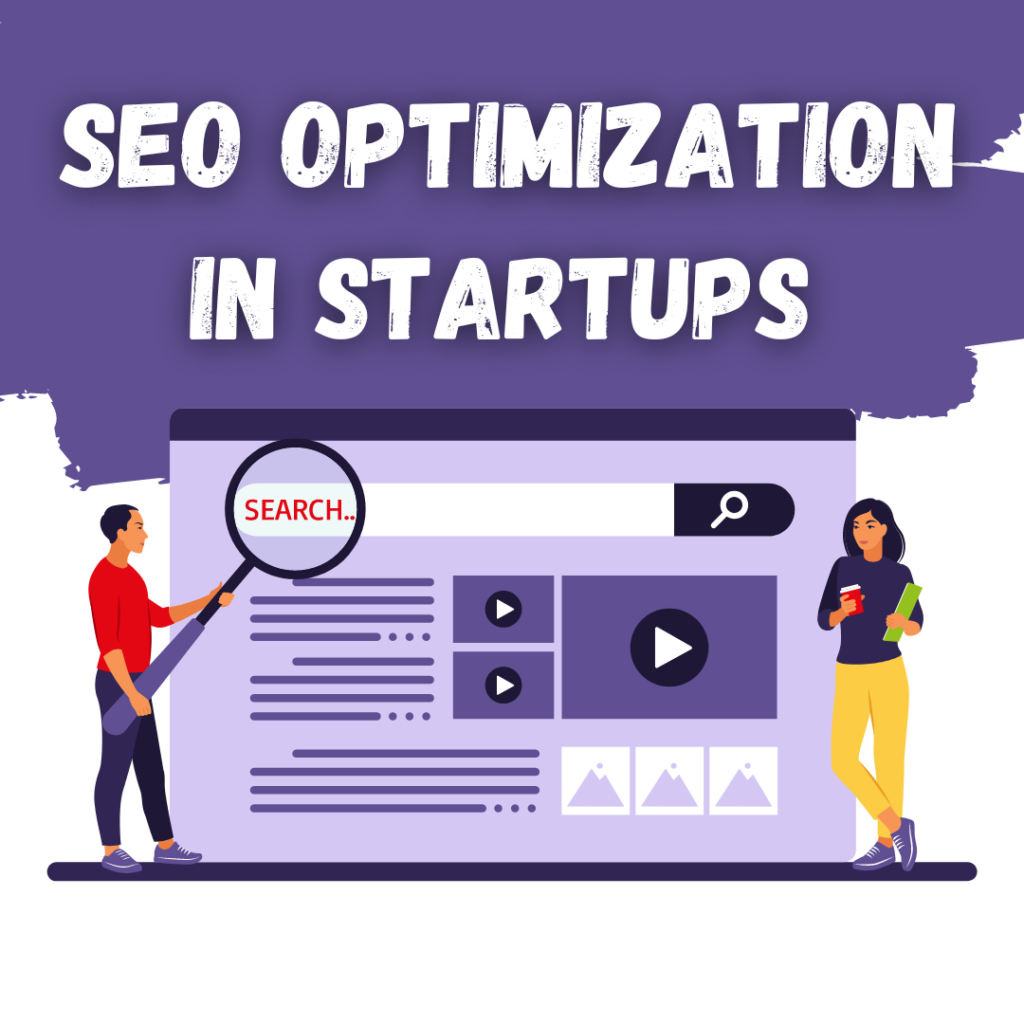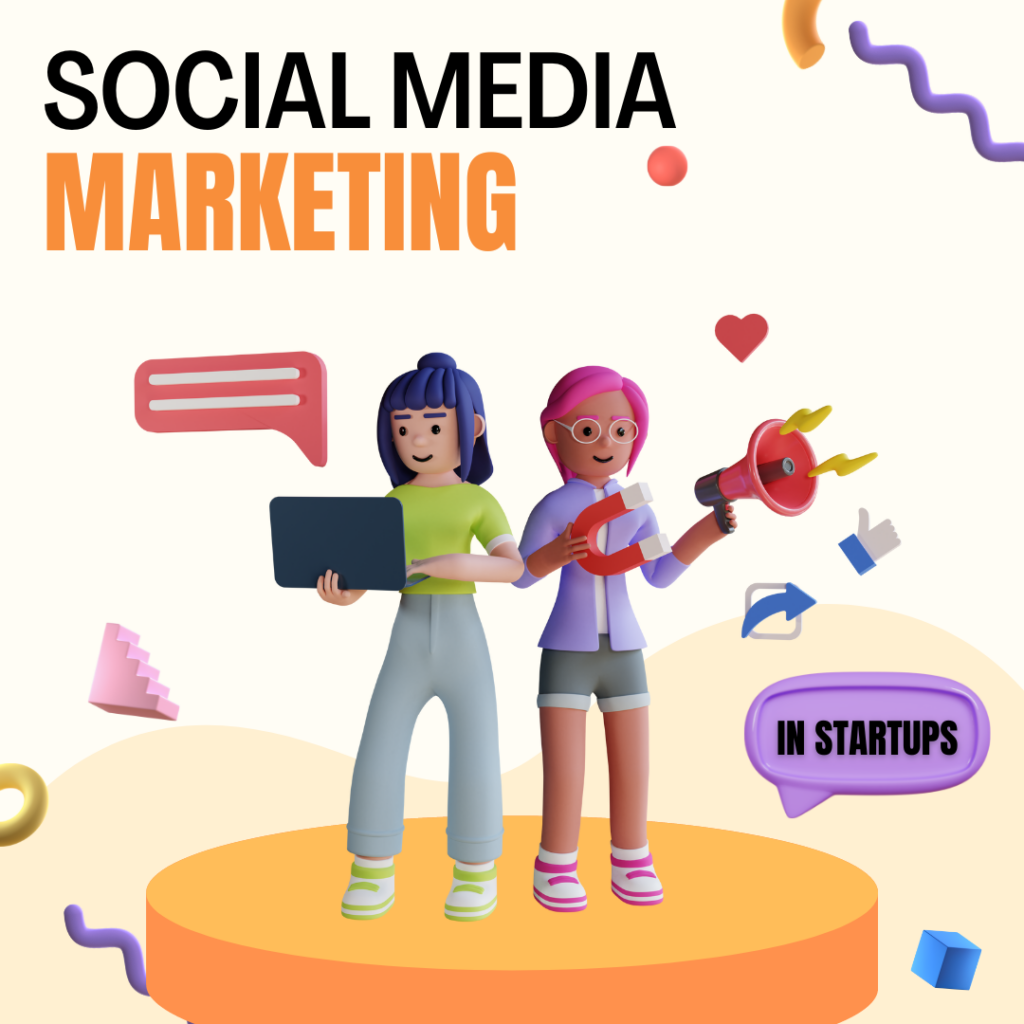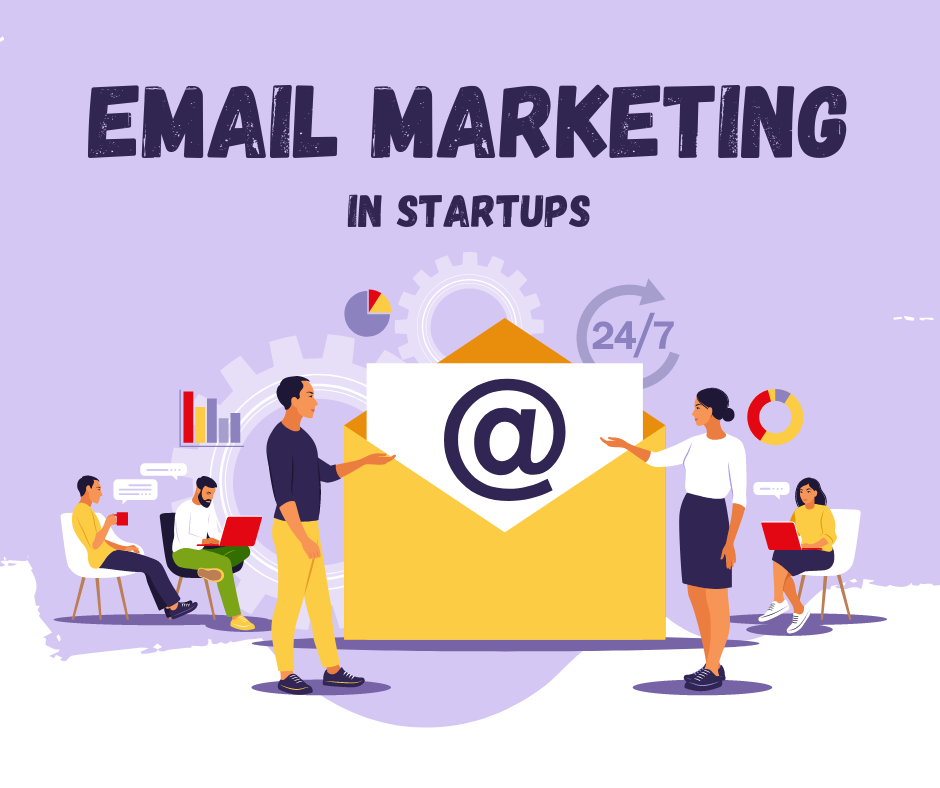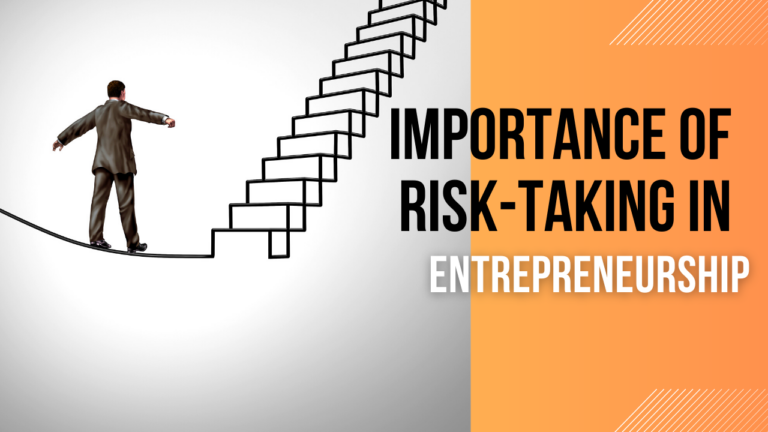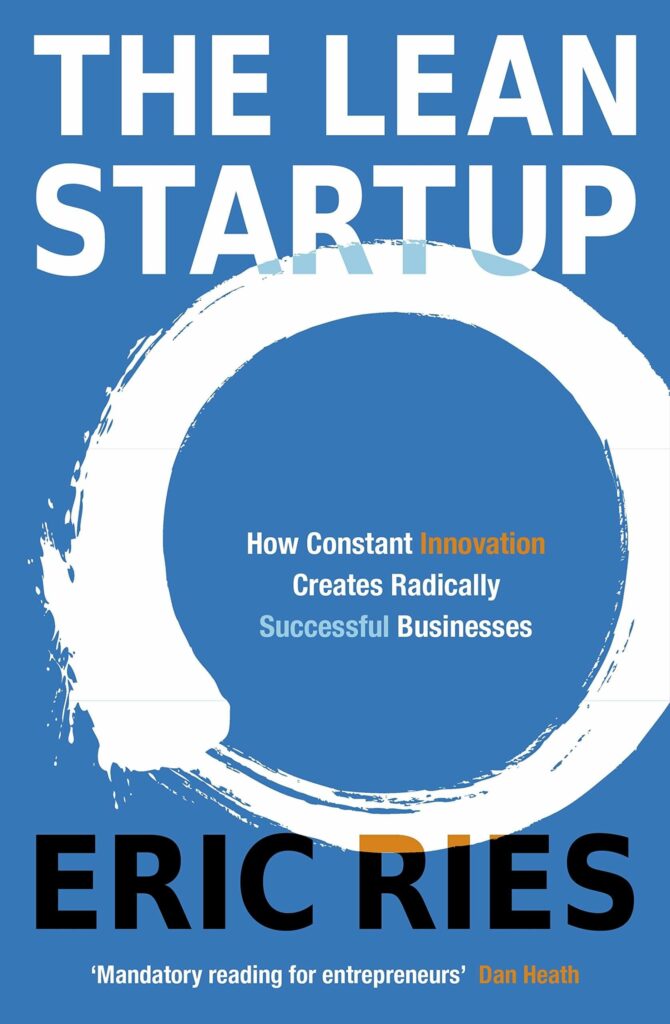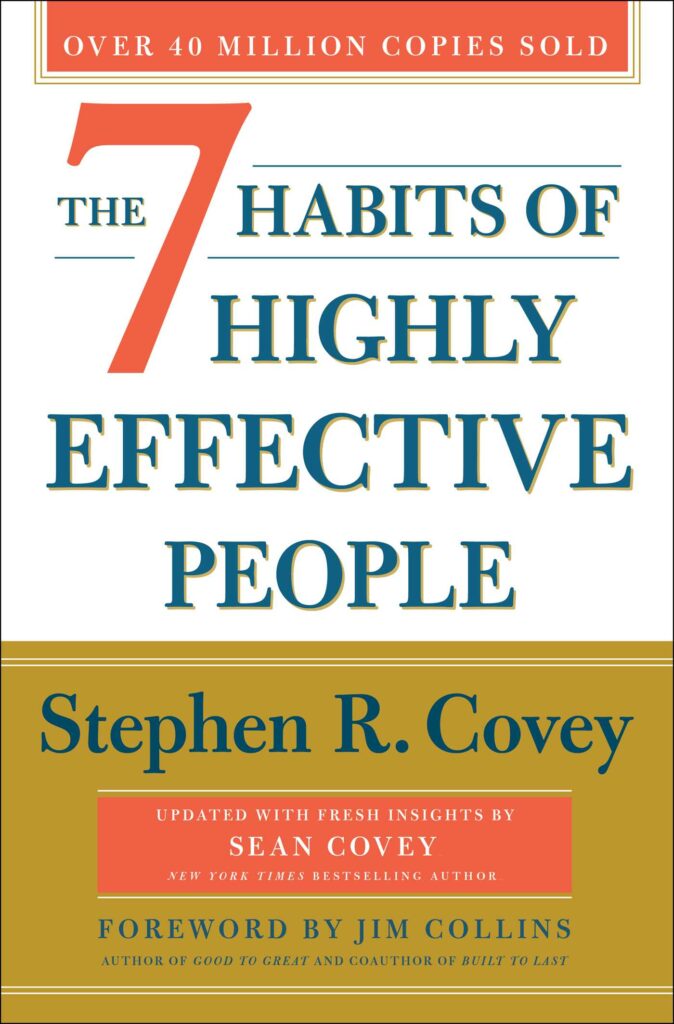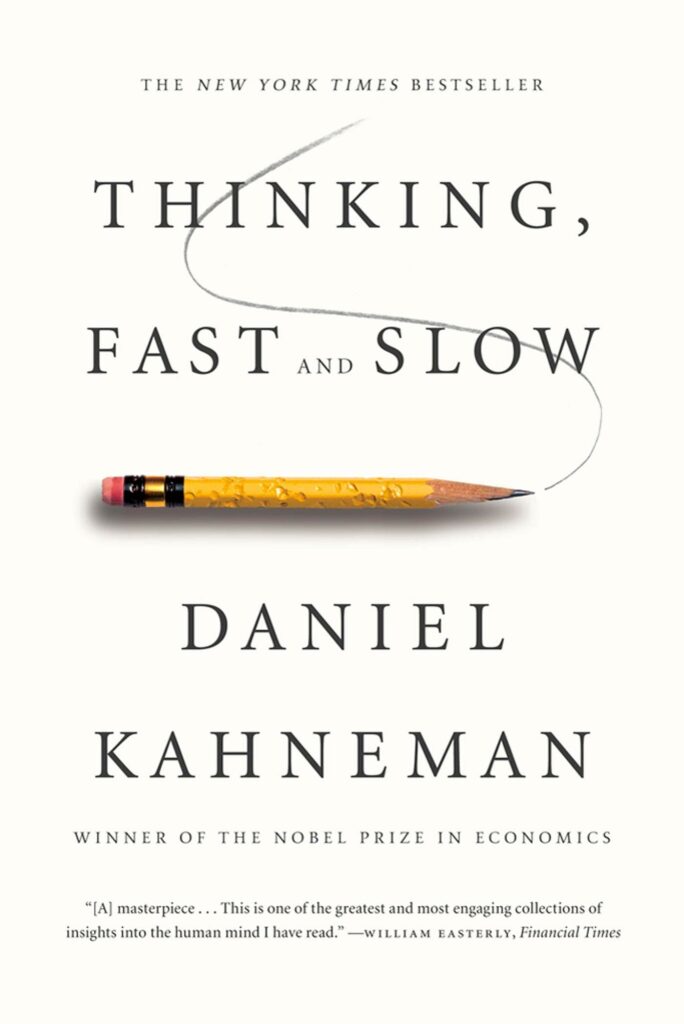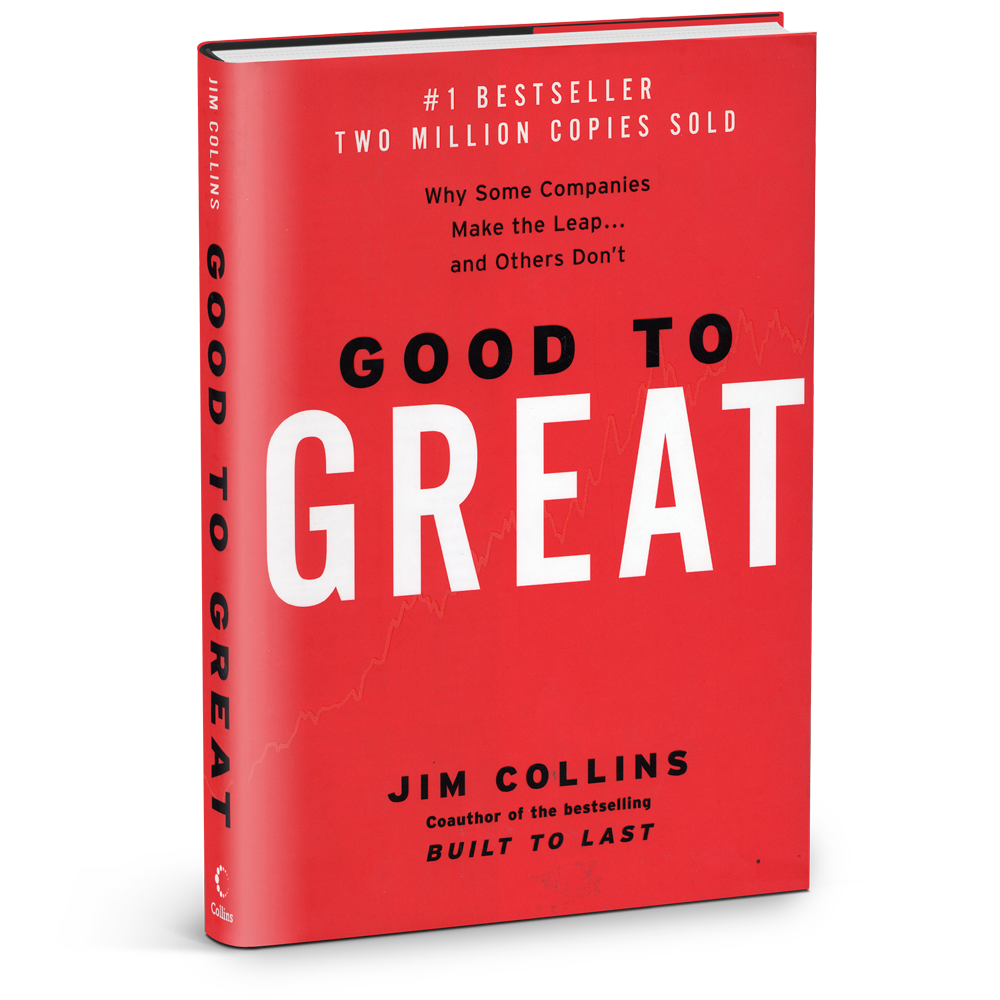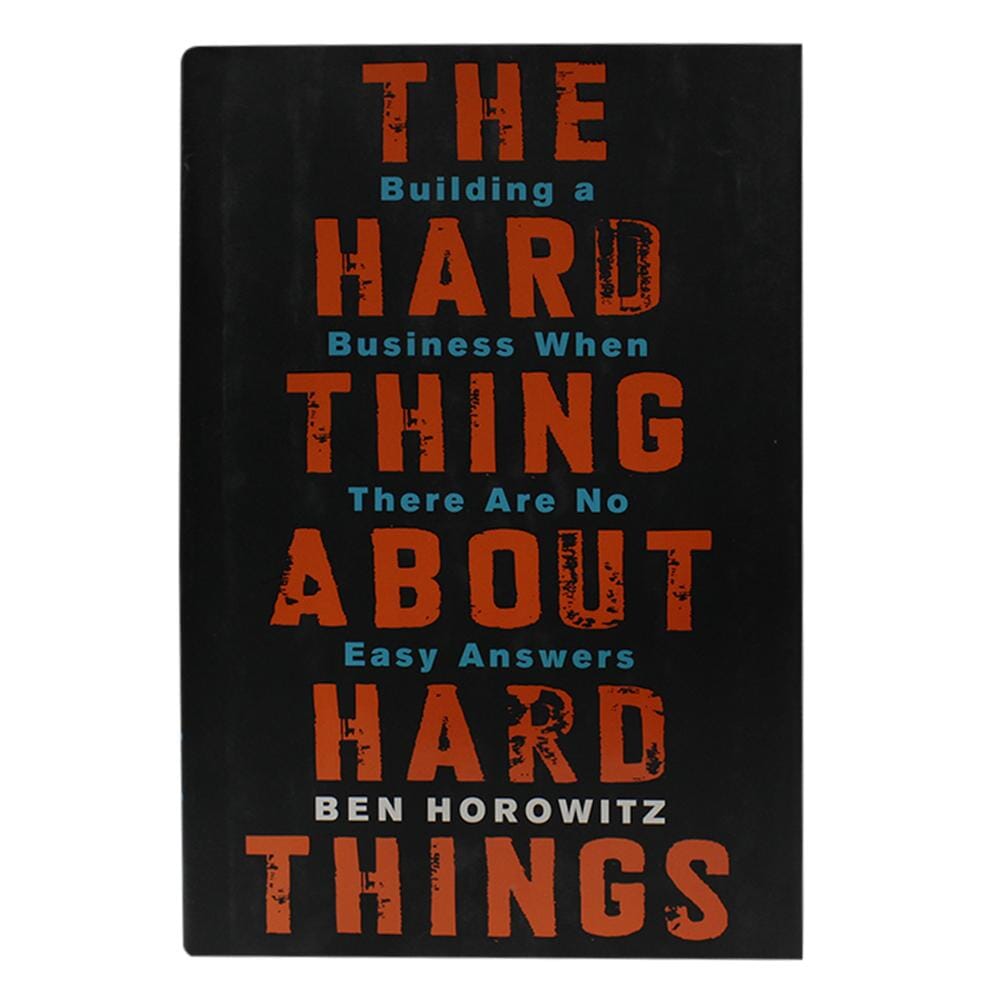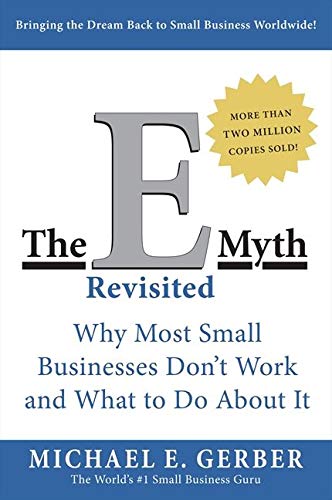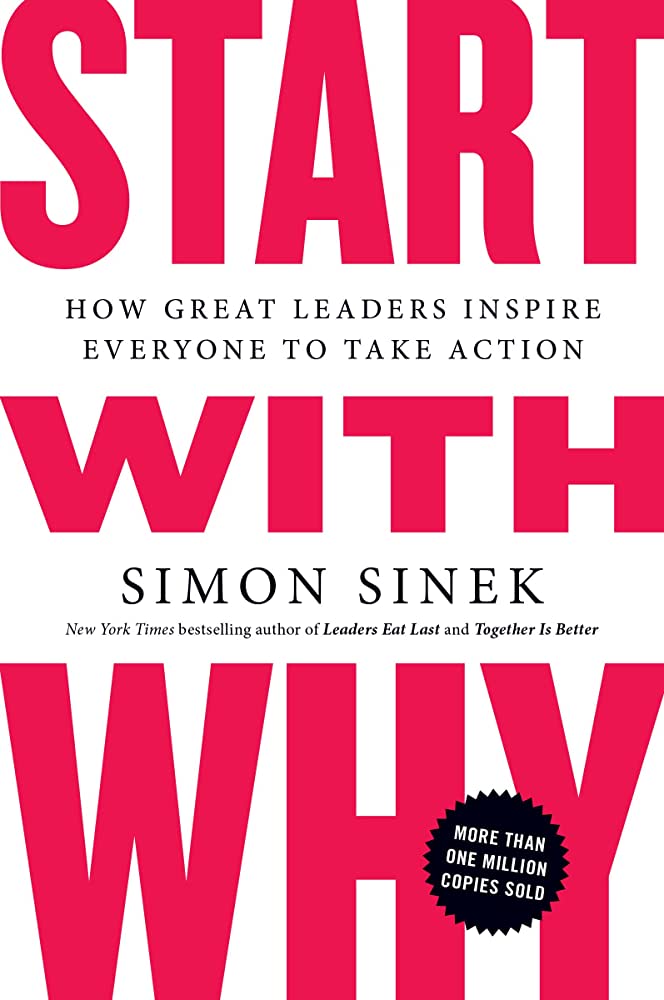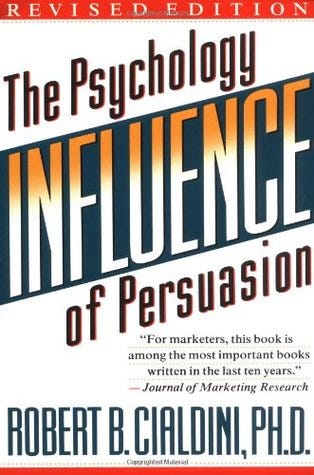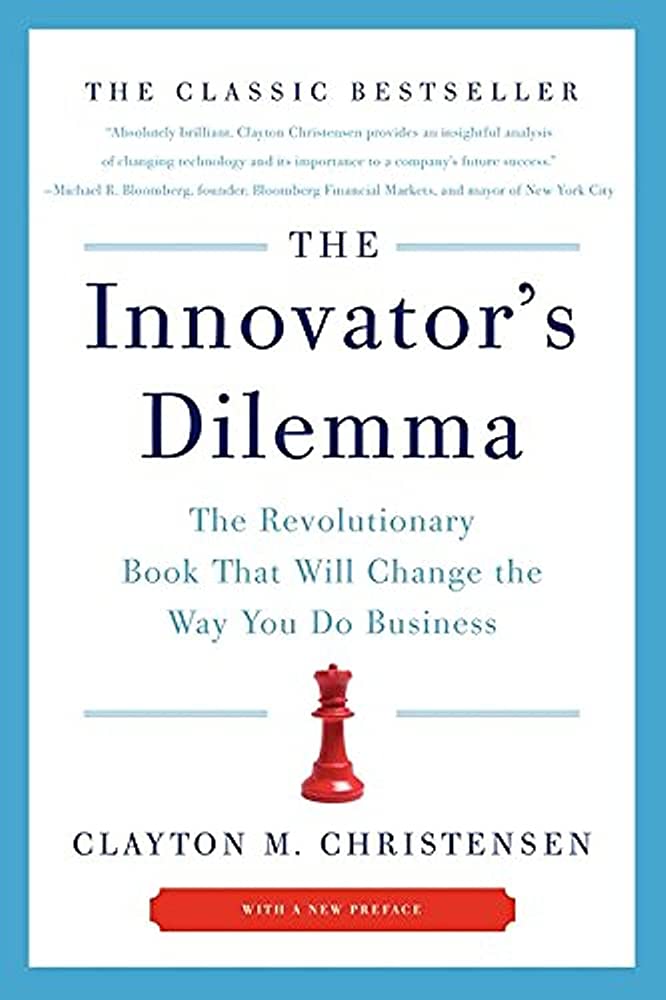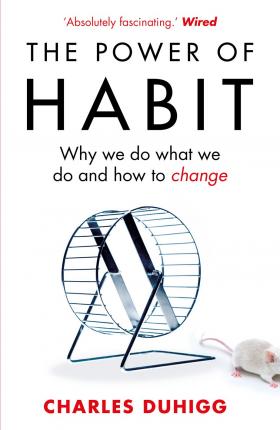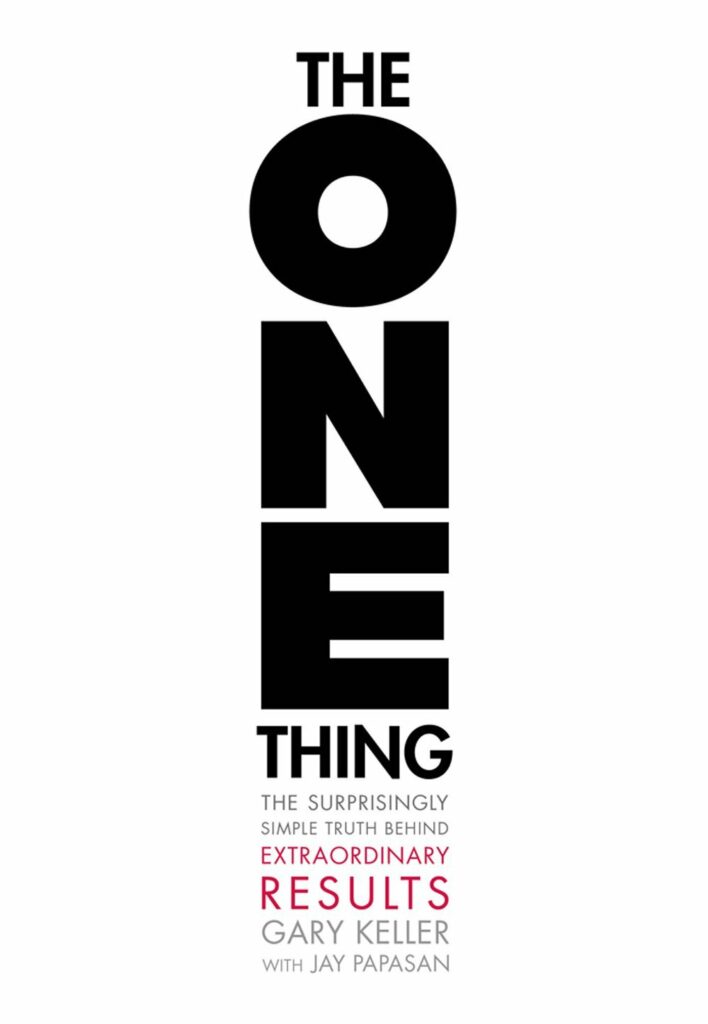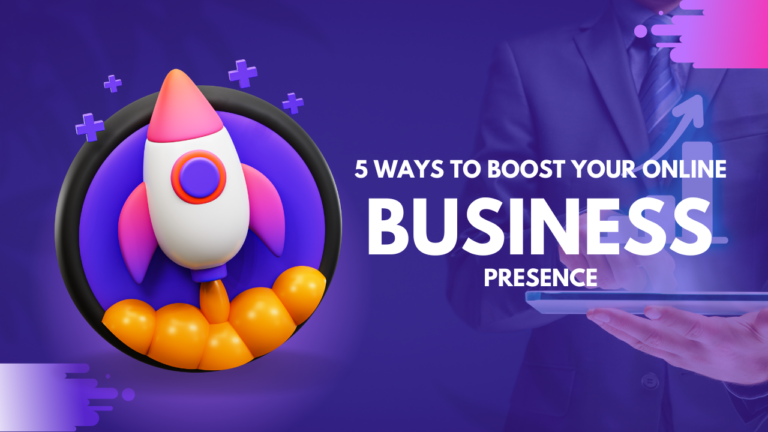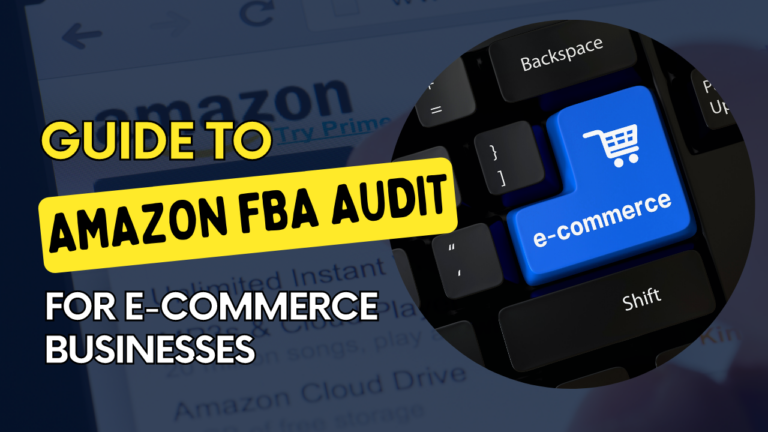The world has seen an incredible rise in the number of women who are not only climbing the ladder of success but are also breaking barriers and shattering stereotypes. These women have not only proved themselves but have also created a legacy for others to follow. One of the most significant measures of success is wealth, and here are the top 10 richest women in the world in 2023.
- Françoise Bettencourt Meyers
- Alice Walton
- Julia Koch & family
- Jacqueline Mars
- Miriam Adelson & family
- Rafaela Aponte-Diamant
- Mackenzie Scott
- Gina Rinehart
- Susanne Klatten
- Iris Fontbona & family
Françoise Bettencourt Meyers: $89.5 billion
Francoise Bettencourt Meyers is one of the world’s wealthiest women, and her family owns L’Oreal, the world’s largest cosmetics company. She is a French billionaire and philanthropist well-known for her charitable work and commitment to social causes.
Francoise Bettencourt Meyers was born in Neuilly-sur-Seine, France, on July 10, 1953. Liliane Bettencourt, the late heiress of L’Oreal, and Andre Bettencourt, a French politician and businessman, are her parents. She was raised in a wealthy family and attended prestigious French schools such as the École des Hautes Études Commerciales and the Sorbonne, where she studied literature and philosophy.
Francoise Bettencourt Meyers began working at L’Oreal after finishing her education, and she served on the board of directors for more than 30 years. She was appointed chair of the board in 2017, succeeding her mother, Liliane Bettencourt, who died that year. She is also on the boards of Nestle and the Louvre.
What is the Bettencourt Schueller Foundation?
Francoise Bettencourt Meyers is well-known for her charitable work, which primarily supports education, the arts, and scientific research. She and her family established the Bettencourt Schueller Foundation in 1987 to support scientific research and education in France.She is also the president of the L’Oreal Foundation, which promotes women’s rights and funds initiatives to empower women in science, business, and other fields. She also serves on the board of directors of the Eugène Schueller Foundation, which supports health and social welfare initiatives.
What is Francoise Bettencourt Meyers’ net worth?
Francoise Bettencourt Meyers’ net worth is estimated at $89.5 billion. Francoise Bettencourt Meyers is a remarkable woman whose life and career have had a profound impact on the world. As one of the wealthiest women in the world and the head of one of the largest cosmetics companies, she has the power to effect change on a global scale. Through her philanthropic work, she has demonstrated her commitment to social causes and her dedication to improving the lives of others. Her legacy will continue to inspire and influence future generations.
Alice Walton: $61.1billion
Alice Walton is an American heiress and philanthropist who is widely regarded as one of the world’s wealthiest women. She is the daughter of Walmart founder Sam Walton, and she is well-known for her contributions to the arts and education.
Alice Walton was born on October 7, 1949, in Newport, Arkansas. She grew up in a family of four children and attended Trinity University in San Antonio, Texas, where she studied economics and finance.
Alice Walton worked as an equity analyst and money manager for First Commerce Corporation after finishing her education, and she later founded an investment bank. She then focused on the arts, establishing the Crystal Bridges Museum of American Art in Bentonville, Arkansas, in 2011. The museum’s collection includes works by some of America’s most famous artists, including Norman Rockwell and Georgia O’Keeffe.Walton has been involved in education in addition to her work in the arts. In 1987, she established the Walton Family Foundation, which funds a variety of initiatives in education, the environment, and community development.
Alice Walton’s impact on the world is significant, particularly in the areas of the arts and education. Through the Crystal Bridges Museum of American Art, she has brought attention to American artists and has helped to promote an understanding of American culture.
Alice Walton is a remarkable woman whose life and career have had a profound impact on the world. As one of the wealthiest women in the world, she has the power to effect change on a global scale. Through her philanthropic work, she has demonstrated her commitment to social causes and her dedication to improving the lives of others. Her legacy will continue to inspire and influence future generations.
Julia Koch & family: $62 billion
Julia Koch is a well-known philanthropist and advocate for education and the arts. She was born in Adel, Iowa in 1962 and graduated from the University of Central Arkansas with a degree in education. After college, Julia worked as a second-grade teacher in Arkansas before moving to New York City to work in the fashion industry.
Julia is the founder of the Child Mind Institute, a non-profit organization that aims to improve the mental health of children and adolescents. She has been involved in the organization since its inception and has donated millions of dollars to support its programs. The Child Mind Institute provides a range of services to children and their families, including clinical care, research, and public education.
Julia has also supported a variety of other causes, including cultural institutions such as the Lincoln Center for the Performing Arts, the American Museum of Natural History, and the American Ballet Theatre. Her support of these institutions has helped to promote the arts and support the preservation of cultural heritage.
In addition to her philanthropic work, Julia has been involved in political and social causes. She and her late husband, David Koch, were major donors to conservative political causes and candidates, and Julia has been involved in a variety of social causes, including education and the environment.
Julia’s impact on the world is significant, particularly in the areas of education and the arts. Her philanthropic work with the Child Mind Institute has helped to improve the lives of countless children and adolescents struggling with mental health issues. Through her support of cultural institutions, she has helped to promote the arts and support the preservation of cultural heritage. Julia Koch is a remarkable woman who has dedicated her life to making a difference in the world.
Jacqueline Mars: $38.3 billion
Jacqueline Mars is an American businesswoman and philanthropist. Born in 1939 in Newark, New Jersey, she is one of the heirs to the Mars candy company, which was founded by her grandfather in 1911. With a net worth of over $38 billion, Jacqueline Mars is one of the richest women in the world.
After graduating from Bryn Mawr College in Pennsylvania, Jacqueline Mars worked as an editor for the food section of The Washington Post. In 1973, she joined the board of directors of the Mars company and became involved in the company’s operations.
Jacqueline Mars is known for her philanthropic work, particularly in the areas of animal welfare and conservation. She has supported a variety of organizations, including the Smithsonian Institution, the National Sporting Library, and the Virginia Gold Cup. She is also a member of the board of directors of the World Wildlife Fund.
In addition to her philanthropic work, Jacqueline Mars has been recognized for her contributions to the business world. She was inducted into the National Women’s Hall of Fame in 2014, and in 2016 she was awarded the National Sporting Library’s Lifetime Achievement Award for Excellence in Equestrian Pursuits.
Jacqueline Mars is a remarkable woman who has made a significant impact on the business and philanthropic worlds. Her commitment to animal welfare and conservation has helped to protect wildlife and promote responsible stewardship of the planet’s natural resources. Her legacy as a business leader and philanthropist will continue to inspire future generations to make a difference in the world.
Miriam Adelson & family: $35.4 billion
Miriam Adelson is an Israeli-American physician, philanthropist, and political activist. She was born in Tel Aviv in 1945 and grew up in Haifa. She earned her medical degree from the Sackler School of Medicine at Tel Aviv University in 1975 and later worked as a specialist in addiction medicine.
Miriam Adelson is also well-known for her philanthropic work, particularly in the areas of medical research and Jewish education. She and her husband, Sheldon Adelson, have donated millions of dollars to support medical research, including research on drug addiction and the treatment of cancer. They have also supported Jewish educational institutions, including Birthright Israel and the Jewish Federation of North America.
In addition to her philanthropic work, Miriam Adelson has been involved in political activism. She and her husband have been major donors to conservative political causes and candidates in the United States and Israel. They have supported a variety of organizations, including the Republican Jewish Coalition and the Israeli American Council.
Miriam Adelson is a remarkable woman who has made a significant impact on the worlds of medicine, philanthropy, and politics. Her support of medical research and education has helped to improve the lives of countless people around the world. Her political activism has helped to shape the political landscape of the United States and Israel. Miriam Adelson’s legacy as a leader and philanthropist will continue to inspire future generations to make a difference in the world.
Rafaela Aponte-Diamant: $31.2 billion
Rafaela Aponte, the 78-year-old shipping magnate, and her husband Gianluigi’s fortunes increased by $46 billion this year, making her the highest-ranking female founder ever.
A seismic shift was taking place in the shipping industry in 2022, as containers piled up at the congested ports of Long Beach and Los Angeles in California—the two busiest in the United States. The Mediterranean Shipping Company (MSC) of Switzerland has surpassed the publicly traded Danish giant Maersk as the world’s largest shipping line by container capacity.
According to shipping database Alphaliner, MSC controls a fleet of 730 ships from its headquarters in Geneva, capable of carrying more than 4.8 million containers. The company does not publish financials, but shipping expert John McCown estimates that MSC will earn more than $28 billion in 2022, surpassing Maersk. Unlike its Danish competitor, MSC is a private company co-owned by Gianluigi and Rafaela Aponte, a husband-and-wife team.
Mackenzie Scott: $27.4 billion
Mackenzie Scott is an American philanthropist and writer, and the former wife of Amazon founder Jeff Bezos. She was born in 1970 in San Francisco, California and graduated from Princeton University with a degree in English. She went on to work in finance and later became a writer, publishing two novels under her maiden name, Mackenzie Bezos.
In 2019, Mackenzie Scott announced that she had signed the Giving Pledge, a commitment by wealthy individuals to give away the majority of their wealth to philanthropic causes. Later that year, she made headlines for her large-scale donations to charitable organizations, giving away $1.7 billion to various causes including racial justice, LGBTQ+ rights, and economic mobility.
In 2020, Mackenzie Scott continued her philanthropic efforts, donating an additional $4.2 billion to 384 organizations across the United States, focusing on those that serve communities that have been historically marginalized and underserved. Her donations have been praised for their flexibility and speed, with many organizations reporting that they were able to use the funds immediately to address urgent needs.
Mackenzie Scott is known for her commitment to addressing social and economic inequality and has been recognized as one of the most generous philanthropists in the world. Her philanthropic work has inspired others to follow in her footsteps and has helped to bring attention to important social justice issues.
Gina Rinehart: $27.3 billion
Gina Rinehart is an Australian mining magnate, businesswoman, and philanthropist. She was born on February 9, 1954, in Perth, Western Australia, and is the daughter of Lang Hancock, a prominent Australian explorer and mining magnate.
Rinehart took over her father’s business, Hancock Prospecting, in 1992 after his death. Under her leadership, the company has become one of the largest mining companies in Australia and has expanded its operations globally. Rinehart is known for her expertise in the iron ore and coal mining industries, and her business acumen has earned her numerous accolades and awards over the years.
In addition to her business pursuits, Rinehart is also known for her philanthropic work. She is a major supporter of medical research and has donated millions of dollars to various organizations in Australia. Rinehart has also been recognized for her support of agriculture and the rural community, and is a strong advocate for policies that promote growth and development in these areas.
Rinehart has been the subject of controversy at times, particularly around issues of labor relations and environmental impact. However, she remains a highly influential figure in Australian business and politics, and her contributions to the mining industry and philanthropic causes are widely recognized.
Susanne Klatten: $24.1 billion
Susanne Klatten is a German businesswoman and philanthropist. Born on April 28, 1962, in Bad Homburg, Germany, Klatten is the daughter of Herbert and Johanna Quandt, who were major shareholders in BMW, a German automobile manufacturer.
After earning a degree in business administration from the University of Buckingham in England, Klatten began working for her family’s business, becoming a member of the board of directors for Altana, a chemical and pharmaceutical company, in 1993. In addition to her work with Altana, Klatten also serves as a board member for several other companies, including BMW, where she has played a key role in the company’s expansion into new markets and development of new technologies.
Klatten is also known for her philanthropic work. She has donated millions of dollars to various charitable causes, with a particular focus on supporting education and research. In 2016, she and her brother Stefan Quandt pledged to donate €500 million to the Technical University of Munich to support research in areas such as energy and mobility.
Despite her success in business and philanthropy, Klatten has also faced personal challenges. In 2017, she revealed that she had been the victim of an extortion attempt by a former lover, who had threatened to release intimate photos and videos of her unless she paid him millions of euros. The incident drew attention to the issue of cybercrime and online harassment, particularly against women in positions of power.
Iris Fontbona & family: $22.6 billion
Iris Fontbona is a Chilean businesswoman and the widow of Andrónico Luksic, a Croatian-Chilean billionaire who made his fortune in mining and beverages. Fontbona was born on June 7, 1942, in Antofagasta, Chile, and she currently serves as the chairwoman of Antofagasta plc, a mining company that her late husband founded.
Fontbona inherited much of her husband’s fortune upon his death in 2005 and has since become one of the wealthiest people in Chile and in Latin America. In addition to her work with Antofagasta plc, she also serves as the chairwoman of Quiñenco, a Chilean conglomerate with interests in banking, telecommunications, and other industries.
Despite her immense wealth and influence, Fontbona is known for her low public profile and has rarely granted interviews or made public appearances. However, she has been recognized for her philanthropic work, particularly in the areas of education and healthcare. In 2013, she and her family pledged to donate $100 million to various charitable causes, with a focus on improving education and healthcare in Chile.
Fontbona has also faced some controversy in her business dealings. In 2017, Antofagasta plc was accused of using illegal means to obtain water rights in northern Chile, which led to protests and legal challenges from local communities. However, the company denied any wrongdoing and stated that it had followed all legal procedures.
Overall, Iris Fontbona is a highly successful businesswoman and philanthropist who has made significant contributions to the mining and business industries in Chile and beyond.
In Conclusion
Women have come a long way in terms of representation in various fields, including business and finance. The 10 women on this list have achieved incredible success and wealth, and they serve as an inspiration to women all over the world. As we continue to strive for gender equality, it is important to acknowledge the accomplishments of women and celebrate their contributions to society.
Whether it is through entrepreneurship, philanthropy, or other means, these women have made a significant impact on the world, and they continue to push the boundaries of what is possible. By recognizing and supporting the achievements of women, we can create a more inclusive and equitable society.
We hope this list has inspired you and shed light on the amazing accomplishments of these women. Let us continue to uplift and empower women to achieve their dreams and make a difference in the world.
Also Read: 15 Best Books for Entrepreneurs:




